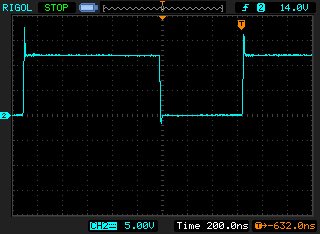Hi,
We boost 6V-9V input to 2A @ 12V using TPS61088. The board normally works very well. However, we have occasionally found the converter to freeze up and suddenly stop boosting. This shuts down our system, so we notice it right away. In the last week, this has happened 4 times.
The booster design is closely based on a Webbench design. Attached is the schematic.
Observations:
- When the freezes happen, the converter had been running the system for a while (several hours). Seems random, just not too often (maybe every 8 hours).
- Nothing was happening special at the time … converter just powering our FPGA/CPU system on lab bench when it stopped. No physical movement or change of load.
- The freeze has happened on 3 different converter boards so far. Also on two totally different power sources (once on battery, 3 times on lab bench supply … nominally 8V input). And also on 2 different CPU boards as loads.
- The boards typically run cool to the touch. The board still feels cool when in frozen state (we touched within 2 seconds one time). So I don’t think it is overheating.
- When the freeze happened, we measured around the circuit and it looks like the converter should be boosting (see attached schematic with measured voltages we got one of the freeze times in red). The converter has good input voltage and we confirmed that enable is set.
- We saw no sign of oscillation on any of the nodes around the converter when frozen with oscilloscope. Maybe the oscillator inside TPS61088 stopped???
- If we take enable pin low then high again, the converter starts boosting again!!!
- None of the components appear to be damaged.
I am guessing the internal oscillator of TPS61088 has stopped, and only a power cycle or cycling the enable pin gets it started again. What could cause it to stop??? What else might be causing the freeze? Any experience with similar?
As this doesn’t happen very often, I would really appreciate any ideas of what the cause could be. Maybe we can setup a test to catch it and figure this out.
Thank you for any suggestions.
RyanTPS61088 frozen schematic.pdf



